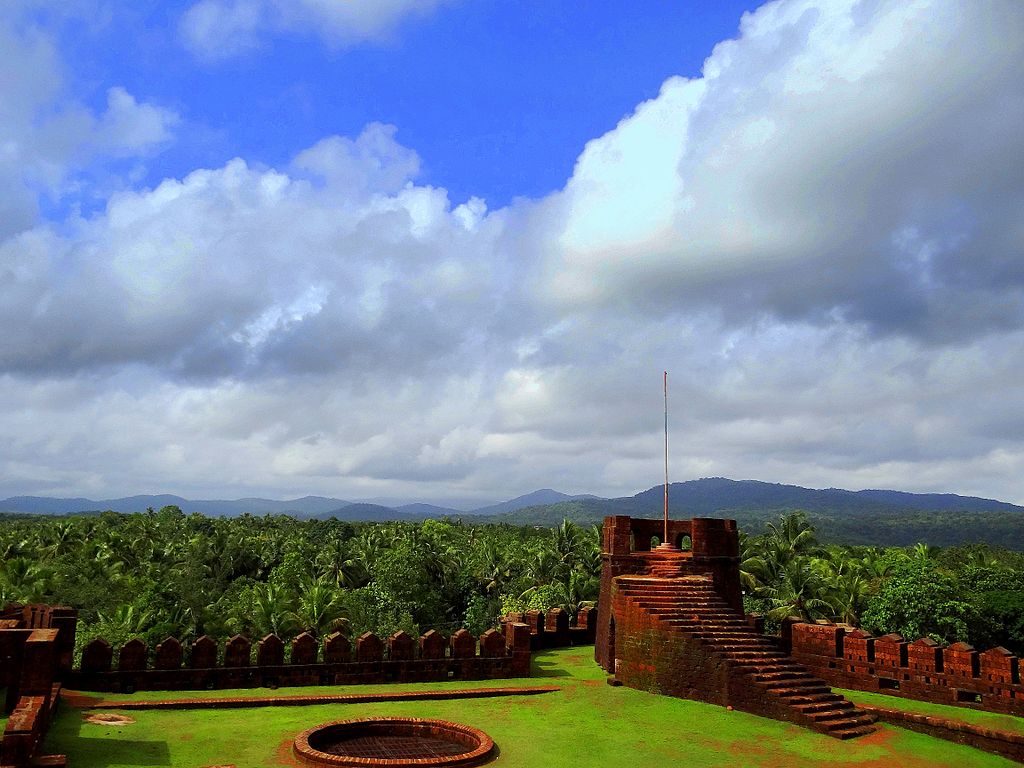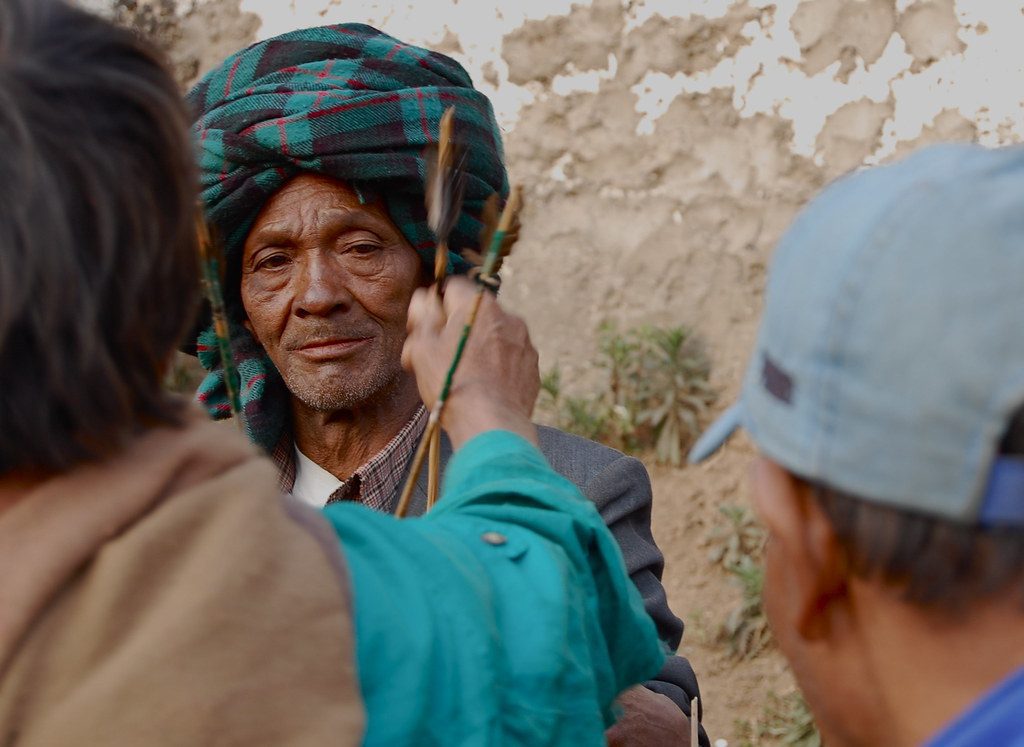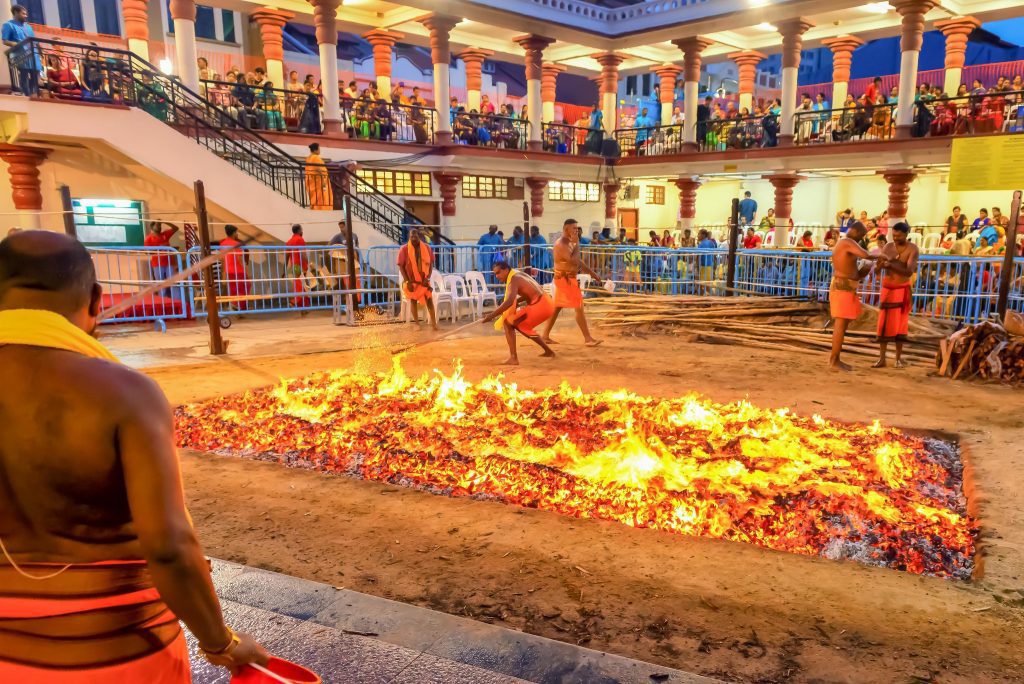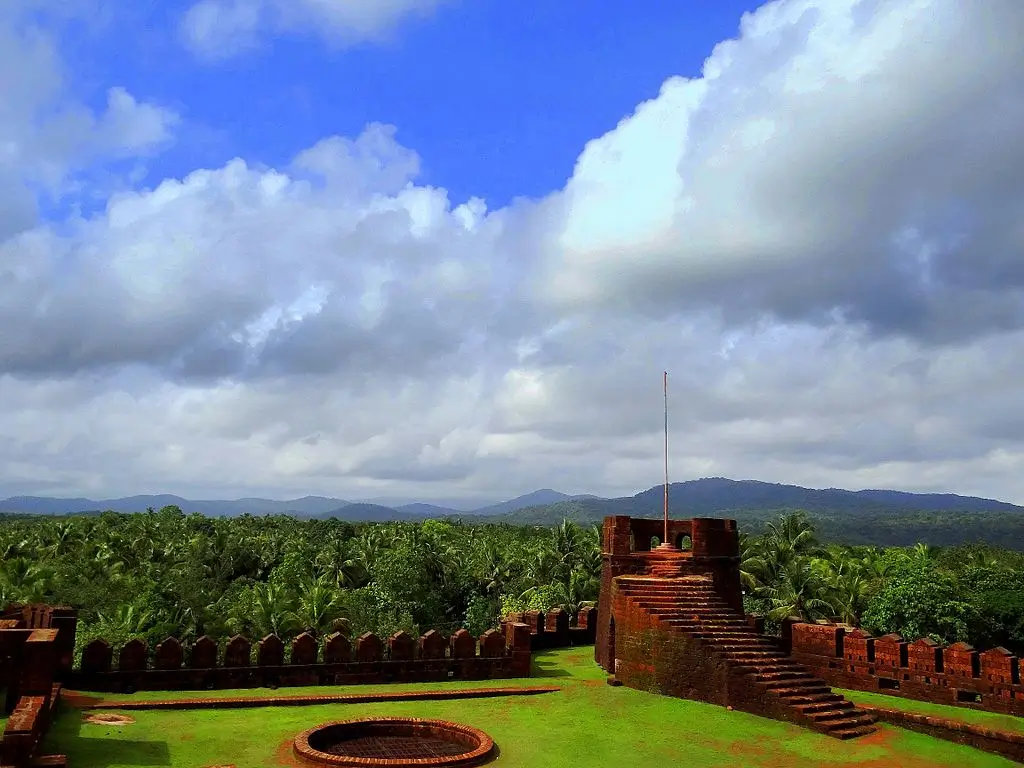
India is the land of many monuments. While most of them have been built by legendary kings and princes, there are beautiful structures that had the touch of a woman. There were women architects, who played a prominent role in defining ancient Indian architecture and history. Mirjan Fort is among these iconic structures. Mirjan Fort hides within its folds a lost chapter of Karnataka’s history that echoes the story of a valiant queen in a world filled with male rulers who set a strong note of women’s empowerment in a bygone era. The architectural marvel is an homage to the brave queen and other powerful women like her this Women’s Day.
Who is Rani Chennabhairadevi?
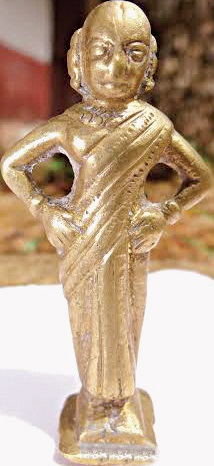
Once upon a time, on the banks of the Sharavathi river in Uttara Kannada district, ruled a powerful queen. Rani Chennabhairadevi was so fierce and faithful to her country that a 1591 CE Portuguese document about her stated, “We must deal with her most carefully and diplomatically. We must be courteous, polite and diplomatic to win her to our side.” During her reign, the queen had to fight with not only the advances of traders from Portugal who attempted to take over the ports and economic activity but also with other powerful leaders in the region.
The Queen and her Kingdom
Rani Chennabhairadevi belonged to the Saluva Dynasty and was renowned to have brought prosperity to the territory she ruled for 54 years (perhaps the longest reign by any Indian female ruler) between 1552 and 1606 CE. Gerusoppa, her seat of power presently located in Honnavar Taluk in Uttara Kannada District was the capital of the Saluva dynasty throughout the 14th and 15th centuries CE. The capital, known as Haive, prospered as a commercial center for a long time, with visitors flocking from all across India to view its exquisite temples. During her reign, the state had witnessed both commercial and intellectual glory.
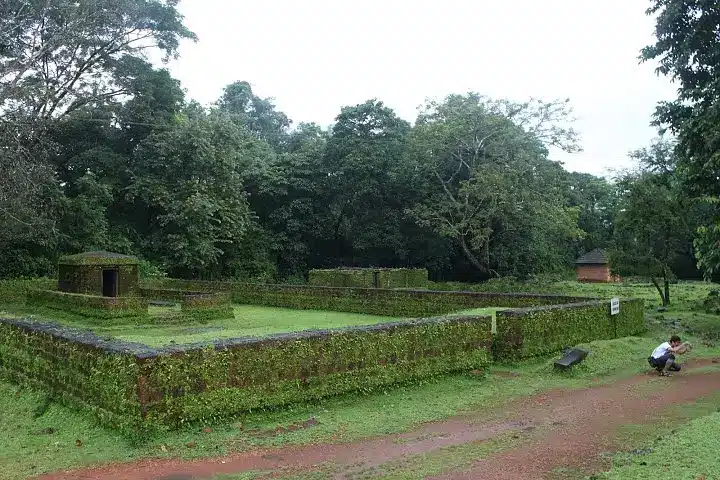
According to inscriptions, her empire expanded to the south of Goa to Uttara Kannada, Dakshina Kannada, and the Malabar region, which included Bhatkala, Malpe, Honnavar, Bidnoor, Mirjan, Ankola, and Karwar. Copper coins stamped in her name have also been discovered, serving as proof of her existence and reign.
She was Queen Elizabeth I’s contemporary and, in many respects, her equivalent. She was well-known for her religious tolerance and cultural accomplishments and was instrumental in bringing prosperity to the state. She was also a patron of art and architecture, which resulted in the construction of numerous gorgeous temples and other monuments throughout her reign.
Initially, she formed a trading alliance with the Portuguese, who were inclined to capture Honnavar. She was known as Raina-Da-Pimenta by the Portuguese, which translates to ‘Pepper Queen’ since she delivered the highest quality pepper in large quantities from the Honnavar port.
Under Rani Chennabhairadevi’s administration, places within the Kingdom such as Honnavar and Bhatkala prospered as international and national commerce centers, with products such as pepper, betel nut, and nutmeg sent to nations in Europe and the Middle East.
Why was the Mirjan Fort constructed?
The queen spent her entire life fighting off local rulers and chieftains who wanted the spice trade she controlled. Apart from being a brave warrior and military strategist, she was also a clever stateswoman. She was a just ruler who cared about her people’s welfare. She provided refuge to several artisans fleeing wars in other regions. In response, they assisted the queen in constructing a strategically strong fort of her own.
The Mirjan Fort is surrounded by the Agnanishi River and has towering ceilings and bastions. The fort has four major entrances, each of which is laid out with stairs made of laterite stone, which is also used to build the rest of the fort. It is interlaced with various wells that are connected to the moat. This interlinking is thought to be part of a defense system employed to keep the fort safe from outside attackers.
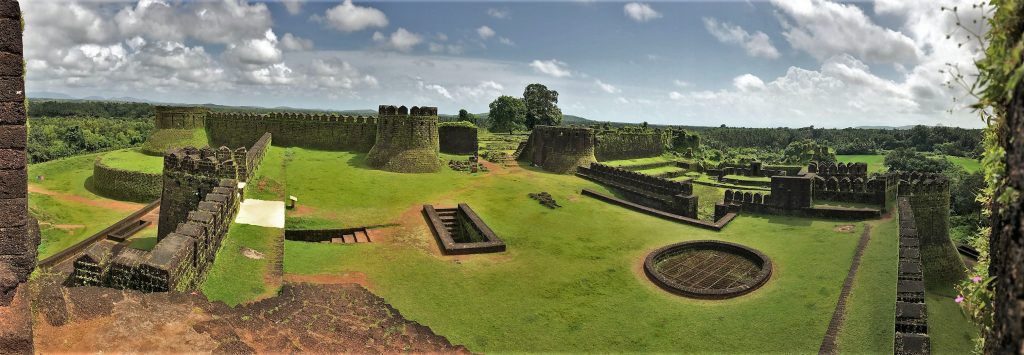
Mirjan was a city in and of itself, with many entrances and freshwater wells. Mirjan Fort, capable of withstanding protracted sieges and strategically positioned to control the harbours, was strategic for anybody wishing to conquer the region. The remnants of a darbar hall and a marketplace show that this was once a lively and full-fledged settlement. The existence of secret passageways that acted as escape routes in the event of enemy attacks adds to Mirjan Fort’s remarkable architecture. The fort has seen several battalions pass through its perimeter and yet withstood the test of time.
The Pepper Queen’s Fate
The lengthy and inspirational reign of the Pepper Queen ended when the deceitful and jealous local chieftains and kings joined together and attacked Mirjan Fort. The aged queen experienced defeat and was imprisoned in a location called Keladi. She died in bondage, leaving behind a tale of bravery that would echo across the chasms of time and inspire anybody who read it.
Why you should visit the Mirjan Fort
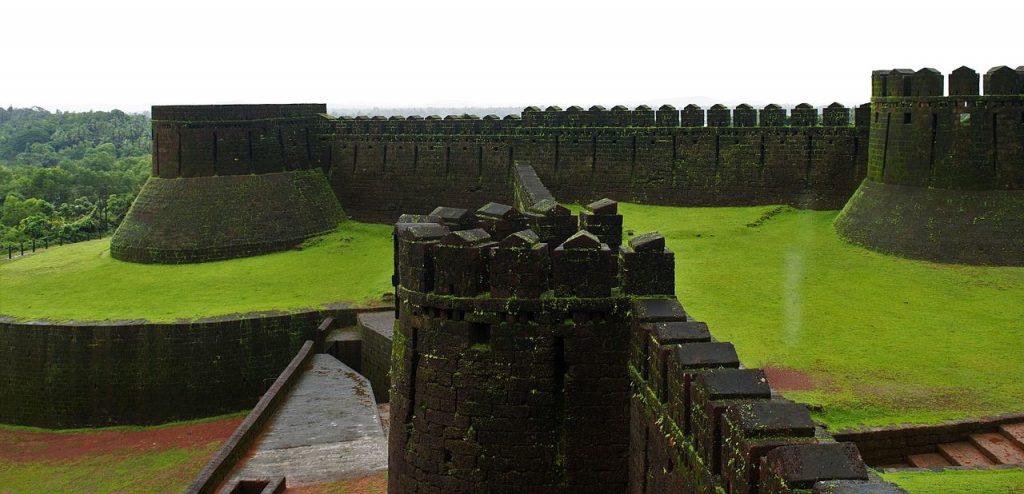
The beautiful Mirjan fort, with its numerous secret corridors, canals, moats, and other measures to secure its surroundings, provides visitors with an exceptional experience. The Mirjan Fort, located around 11 kilometers from the town of Kumta, is one of the main tourist attractions in Kumta, Karnataka. You can easily book a cab from Kumta to reach this majestic fort. Its mystical atmosphere, spectacular architecture, and historical significance are more than enough to pique the interest of travellers. The view is breathtaking, like something out of a postcard. The surroundings are a wide mosaic of green expanses dotted with coconut groves, rice fields, and foliaceous trees, with rivulets and streams meandering through them.
The Archaeological Survey of India(ASI) is currently restoring the fort. The ASI excavated the fort in 2001 and discovered many laterite constructions from the medieval period. Gold coins ascribed to Portuguese Viceroy Conde De Sarzedas have been discovered, as have cannonballs, Chinese ceramics, and clay tablets with Islamic inscriptions.
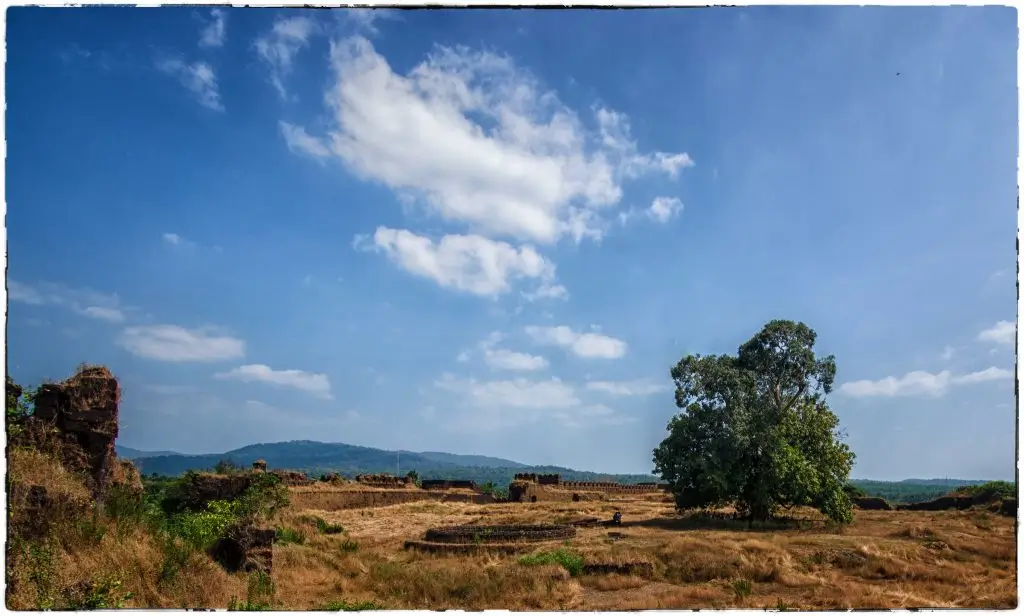
Standing on top of the fort transports you back in time to when warriors guarded and fought the most brutal wars to protect their kings and queens. Needless to say, it’s slippery during the rain, but the ruins get draped in green moss, giving them a mystical aura. When you reach the highest bastion, you’ll be able to view the point where the river Souparnika joins the Arabian Sea.
Within the fort, you will find a massive tree standing alone in splendour, just like the Pepper Queen must have stood heroically repelling attacks from within and from distant shores. Each and every thing you witness here echoes the tale of a woman who valiantly fought powerful male rulers to protect her kingdom with all her might. This fort stands as a testimony of the strength of a woman and is a perfect destination to visit this Women’s Day to soak in the power of womanhood. Today, there is no flag flapping triumphantly in the wind, no sounds of bugles, drums, or conches; just the wind howling across the banks of the Aghanashini River appears to whisper the name ‘Chennabhairadevi‘.
Last Updated on January 30, 2024 by
